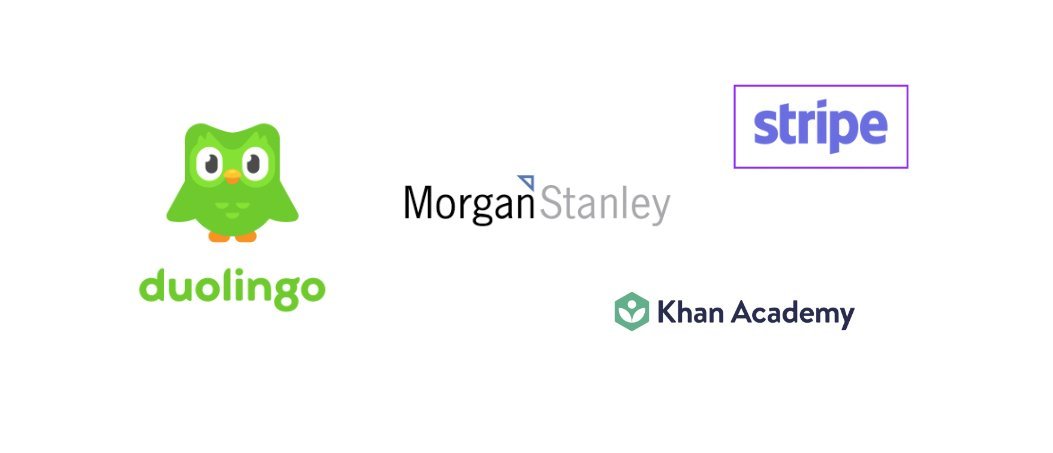OpenAI announces GPT-4: the next generation of its AI language model
OpenAI has announced the release of its latest artificial intelligence (AI) model, GPT-4, which can process text and image inputs and perform at a "human level" on various professional and academic benchmarks.
Available to OpenAI's paying users via ChatGPT Plus, GPT-4 has been developed after six months of aligning and testing with internal adversarial programs and ChatGPT.
GPT-4 has been co-developed by Microsoft and is available to developers via a waitlist.
Improved Capabilities
GPT-4 is an improvement over its predecessor, GPT-3.5, which only accepted text inputs. It is capable of passing a simulated bar exam with a score in the top 10% of test takers.
The AI model is available for $0.03 per 1,000 "prompt" tokens and $0.06 per 1,000 "completion" tokens. Tokens represent raw text; prompt tokens are the parts of words fed into GPT-4, while completion tokens are the content generated by GPT-4.
It can handle massive text inputs, remember and act on more than 20,000 words simultaneously, and take an entire novella as a prompt.
GPT-4 EARLY ADOPTERS
GPT-4 is being used by several early adopters, including Stripe, Morgan Stanley, Khan Academy, and Duolingo. Stripe uses the AI model to scan business websites and deliver a summary to customer support staff, while Duolingo has built GPT-4 into a new language learning subscription tier. It will now offer English-speaking users AI-powered conversations in French or Spanish and can use GPT-4 to explain the mistakes language learners have made. Morgan Stanley is developing a GPT-4-powered system that retrieves information from company documents and serves it to financial analysts. Khan Academy is leveraging GPT-4 to build an automated tutor.
IMAGE RECOGNITION
GPT-4 is less biased, more reliable, and creative and can handle much more nuanced instructions than GPT-3.5. One of the most significant features of GPT-4 is its ability to understand images and text. During a demo of GPT-4 on Tuesday, OpenAI President and co-founder Greg Brockman gave users a sneak peek at the image-recognition capabilities of the newest version of the system. The function will allow GPT-4 to analyze and respond to images submitted alongside prompts and answer questions or perform tasks based on those images.
The AI model can caption and interpret complex images, such as identifying a Lightning Cable adapter from a picture of a plugged-in iPhone. The image understanding capability is being tested with a single partner, Be My Eyes, which uses GPT-4 to power its Virtual Volunteer feature. The feature can answer questions about images sent to it, identify the objects in the image, and even offer recipe suggestions.
web pages Steerability Tooling
Another notable feature of GPT-4 is its steerability tooling, which allows developers to prescribe style and task by describing specific directions. The AI model introduces a new API capability, "system" messages, that allows developers to set the tone and establish boundaries for the AI's interactions. The system messages can prescribe style, task, and specific directions and set boundaries for the AI's interactions. For example, a system message might read: “You are a tutor who always responds in the Socratic style. You never give the student the answer but always try to ask just the right question to help them learn to think for themselves.”
Limitations
Despite the significant upgrades, OpenAI acknowledges that GPT-4 is not perfect and still "hallucinates" facts and makes reasoning errors, sometimes with great confidence. The AI model may sometimes make simple reasoning errors that do not comport with competence across several domains or be overly gullible in accepting false statements from a user. OpenAI notes that GPT-4 generally lacks knowledge of events after September 2021 and does not learn from experience. However, the AI model is less likely to refuse requests on how to synthesize dangerous chemicals.
Data Sources and Development
GPT-4 has been developed using publicly available data, including data from public web pages and licensed data. OpenAI has also worked with Microsoft to develop a "supercomputer" from the ground up in the Azure cloud, which was used to train GPT-4. The company spent six months iteratively aligning the AI model, resulting in the best-ever results on factuality, steerability, and refusal to go outside guardrails.
Conclusion
In conclusion, GPT-4 represents a significant step forward in evolving deep learning AI models. Its more advanced reasoning skills, improved safety features, and ability to understand images and text make it a more capable and aligned model than its predecessors. However, OpenAI acknowledges that GPT-4 still has room for improvement. Nevertheless, GPT-4's potential use cases across different industries, such as finance, education, and customer support, make it a fascinating development in artificial intelligence.
About OpenAI
OpenAI aims to build advanced artificial intelligence systems safely and effectively. Founded in 2015, OpenAI's mission is to create artificial general intelligence (AGI)—AI that can surpass human intelligence in multiple domains. The organization has made significant strides in developing sophisticated AI models, such as the GPT series, which can generate human-like language and has various applications in natural language processing.
OpenAI collaborates with industry partners, governments, and academic institutions to further its research goals and promote responsible AI development.
Microsoft is set to invest $10 billion in OpenAl as part of a funding round that would value the company at $29 billion.
OpenAl is getting valued at roughly $30 billion on the back of Microsoft's investment. We consider this an opportunity to join this round.



